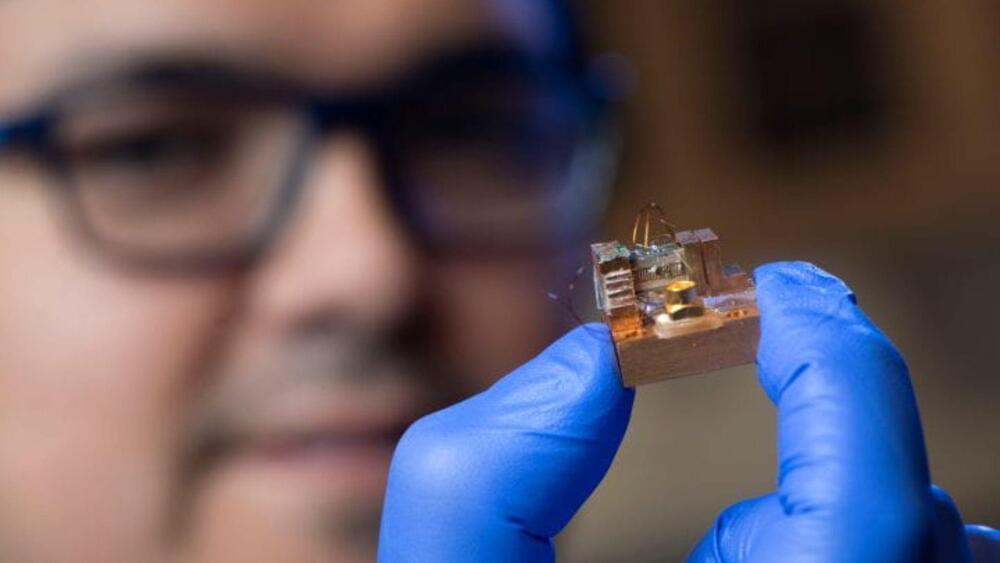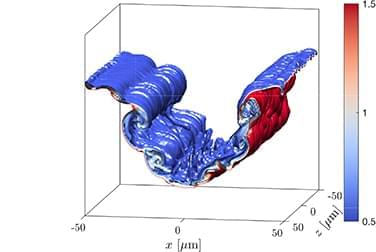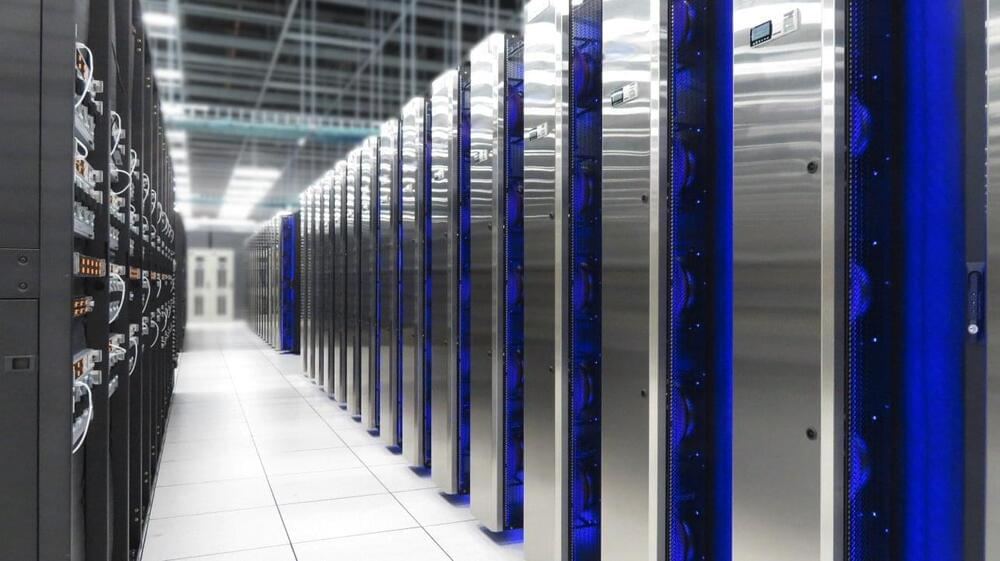Feb 16, 2024
US researchers develop ‘unhackable’ computer chip that works on light
Posted by Shailesh Prasad in categories: quantum physics, robotics/AI, supercomputing
Researchers at the University of Pennsylvania have developed a new computer chip that uses light instead of electricity. This could improve the training of artificial intelligence (AI) models by improving the speed of data transfer and, more efficiently, reducing the amount of electricity consumed.
Humanity is building the exascale supercomputers today that can carry out a quintillion computations per second. While the scale of the computation may have increased, computing technology is still working on the principles that were first used in the 1960s.
Researchers have been working on developing computing systems based on quantum mechanics, too, but these computers are at least a few years from becoming widely available if not more. The recent explosion of AI models in technology has resulted in a demand for computers that can process large sets of information. The inefficient computing systems, though, result in high consumption of energy.


















